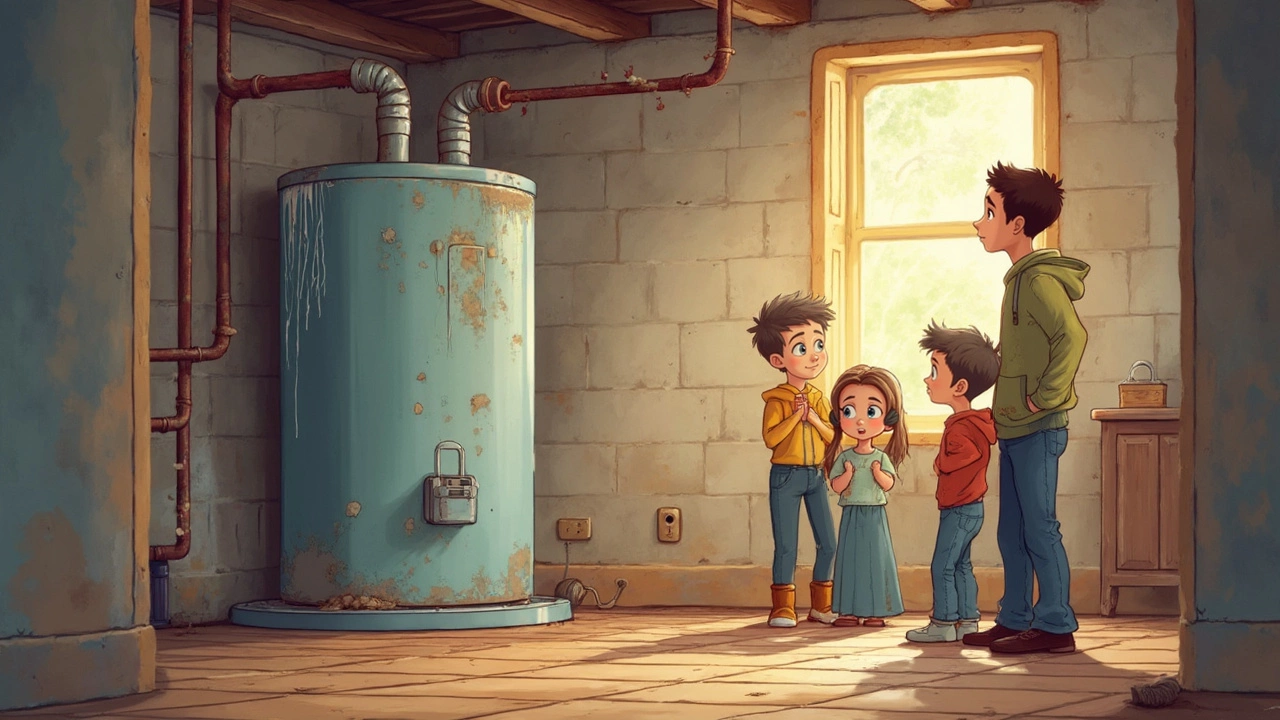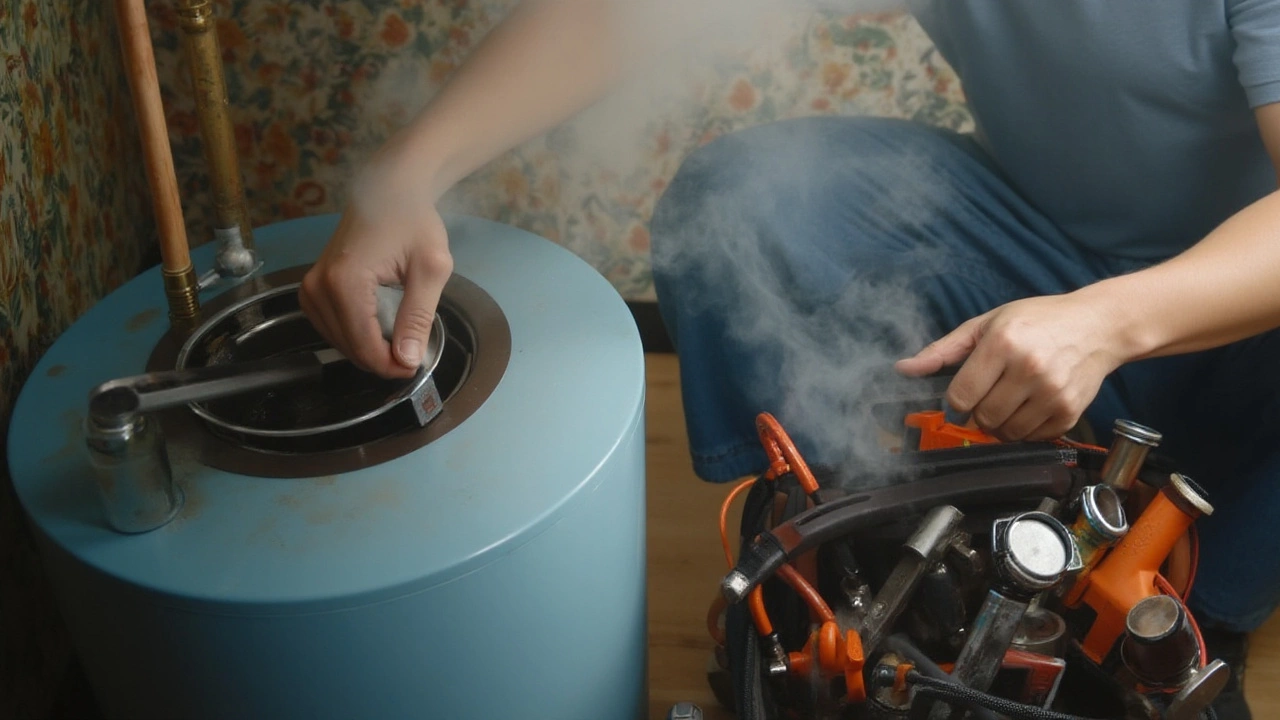How to Flush a Water Heater – Simple Steps for Better Hot Water
Cold showers after a long bath are usually a sign that something’s wrong inside your tank. Most of the time it’s just sediment building up at the bottom. Flushing the heater gets rid of that gunk, improves efficiency, and can add years to the unit’s life. You don’t need a plumber for a basic flush – just a few tools, a bit of patience, and the right safety steps.
Why Flushing Matters
Over time minerals from hard water settle at the bottom of the tank. This layer acts like an insulator, so the heating element has to work harder to raise the water temperature. The result? Higher energy bills and slower hot water. In extreme cases the sediment can crack the tank or cause the relief valve to leak. A regular flush removes the buildup, restores proper heating, and helps you keep your water heater running smoothly for longer.
Step‑by‑Step Flushing Process
1. Gather your gear. You’ll need a garden hose, a bucket (optional), a pair of gloves, and a wrench that fits the drain valve. Turn off the electricity (for electric units) or the gas supply (for gas units) and let the tank cool for at least an hour.
2. Shut off the water supply. Locate the cold‑water inlet valve on top of the tank and turn it clockwise until it stops. This prevents new water from entering while you drain the tank.
3. Connect the hose. Attach one end of the hose to the drain valve at the bottom of the heater. Run the other end to a floor drain or outside where the water can safely flow.
4. Open the drain valve. Use the wrench to loosen the valve. Let the water rush out; you’ll hear a gurgling sound as sediment loosens. If the flow is slow, open the pressure‑relief valve on top of the tank to let air in and speed up draining.
5. Flush with cold water. Once the tank is empty, keep the drain valve open and turn the cold‑water supply back on for a few seconds. Fresh water will swirl through, flushing out remaining particles. Repeat until the water runs clear.
6. Close, refill, and restart. Tighten the drain valve, remove the hose, and close the pressure‑relief valve. Turn the cold‑water inlet back on and let the tank fill. Once it’s full, restore power or gas and wait for the heater to heat up before using hot water.
If you notice rusty water, strange noises, or the heater trips the breaker after a flush, it’s time to call a professional. Glastonbury Appliance Repair Services can inspect the heating elements, check the anode rod, and fix any hidden issues that a simple flush won’t solve.
Flushing your water heater once a year is a cheap way to keep energy costs down and avoid emergency repairs. Set a reminder in your calendar, grab a hose, and give your tank a fresh start. Your future self will thank you when the showers stay hot and the bills stay low.

Why Never Flushing Your Water Heater Is a Big Mistake
Ignoring your water heater's maintenance can lead to serious issues like reduced efficiency and lifespan. By not flushing, sediment buildup increases, impacting water quality and energy costs. Regular flushing is key to avoiding unexpected breakdowns and extending the life of your heater. This article explores what happens when neglect takes over and offers tips on maintaining your water heater for optimal performance.

Flush vs. Drain: What's Best for Your Water Heater Maintenance?
Discover the differences between flushing and draining your water heater. This article explores which method keeps your water heater running efficiently and prolongs its lifespan. Learn the benefits of each approach, potential risks, and essential maintenance tips. Whether you're a DIY enthusiast or prefer professional help, uncover the best practices for maintaining your water heating system.